In pictures: Sir Antony Gormley
- Published
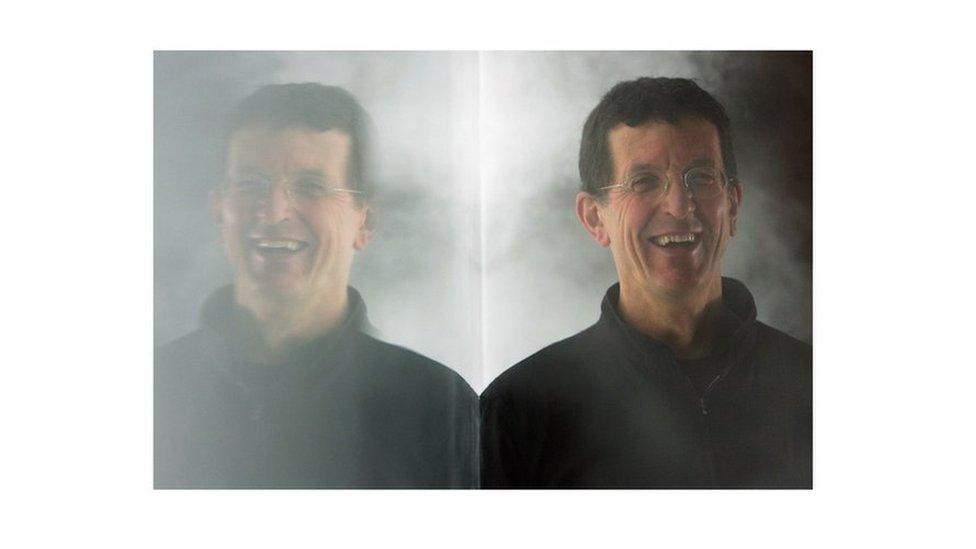
Renowned artist and sculptor Antony Gormley has been made a knight in the New Year Honours List. He is best known to the public for his outdoor installations, which explore the relationship between the body and the space around it.
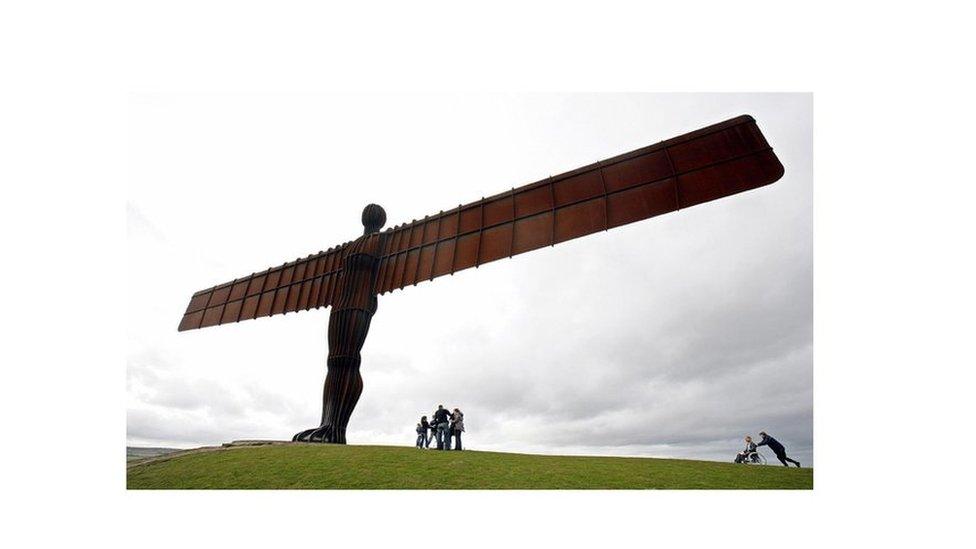
Sir Antony's most prominent piece of work is The Angel of the North, a vast steel sculpture on the site of a former coal mine which commands views around Gateshead. It was installed in 1998, and the winged, metallic red figure has become a well-known landmark.
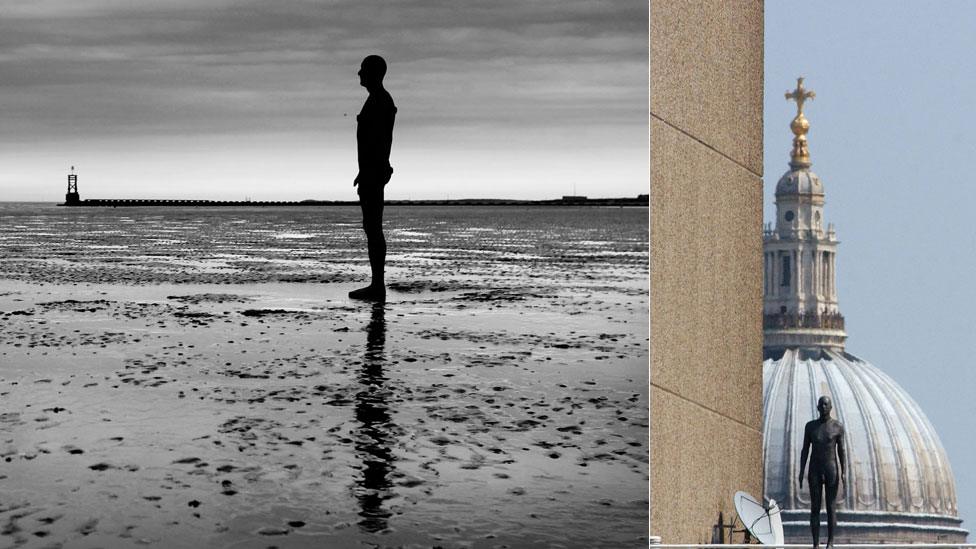
Sir Antony's life-size casts of his own body form part of installations which have made a direct impact on the public. The artworks have been found on the beaches of north-west England, on the rooftops of London, and New York's pavements to name a few.
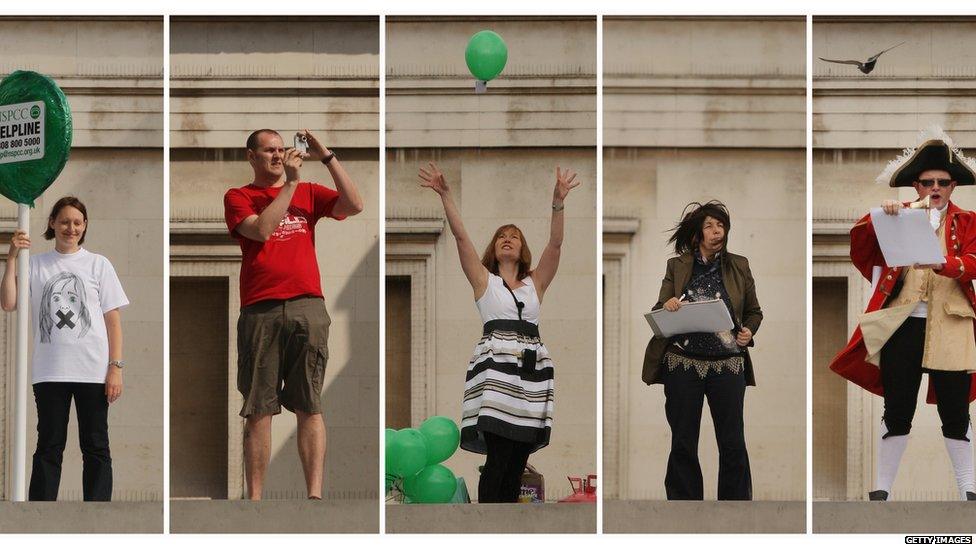
In 2009, Sir Antony devised an art project for Trafalgar Square's Fourth Plinth, which gave 2,400 members of the public an opportunity to stand on it and perform for an hour at a time over 100 days. The artist hoped something "extraordinary and unpredictable" would emerge from the exercise.

Sir Antony, who was born in 1950, installed a piece of his work in another famous London landmark, St Paul's Cathedral. in 2010, Flare II became part of its geometric staircase in an exercise to bring art and faith together.
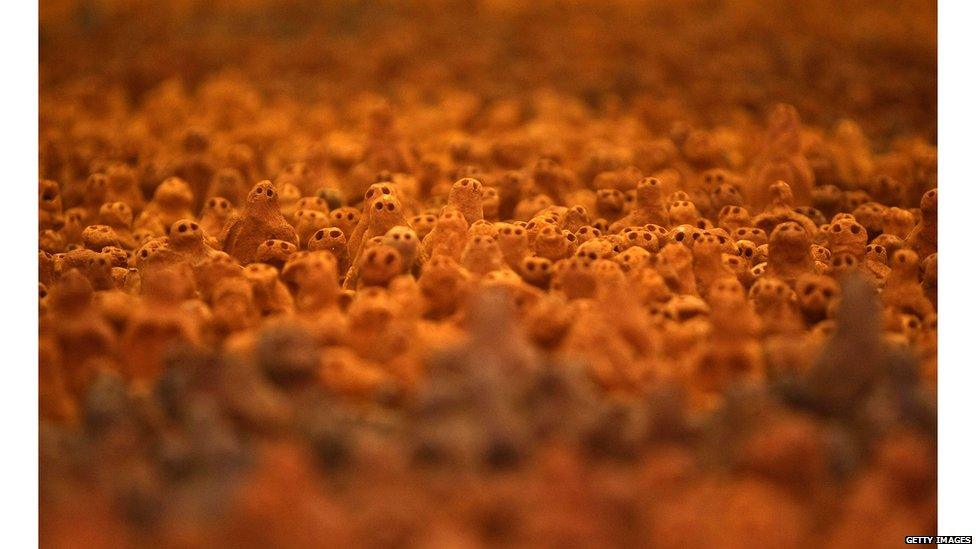
The artist has also made use of indoor spaces during his career. Field For the British Isles saw him fill a space in St Helen's College in Merseyside with 40,000 unglazed clay figures, collectively forming a single image of humanity. Many versions of this work have been created around the world.

Sir Antony made dramatic use of another outdoor space with Waste Man in 2006, a vast artwork made from waste materials, collected at the Kent seaside resort of Margate. It was set alight and took 32 minutes to burn. The artist said it was "a sign of those dispossessed or refused a place".
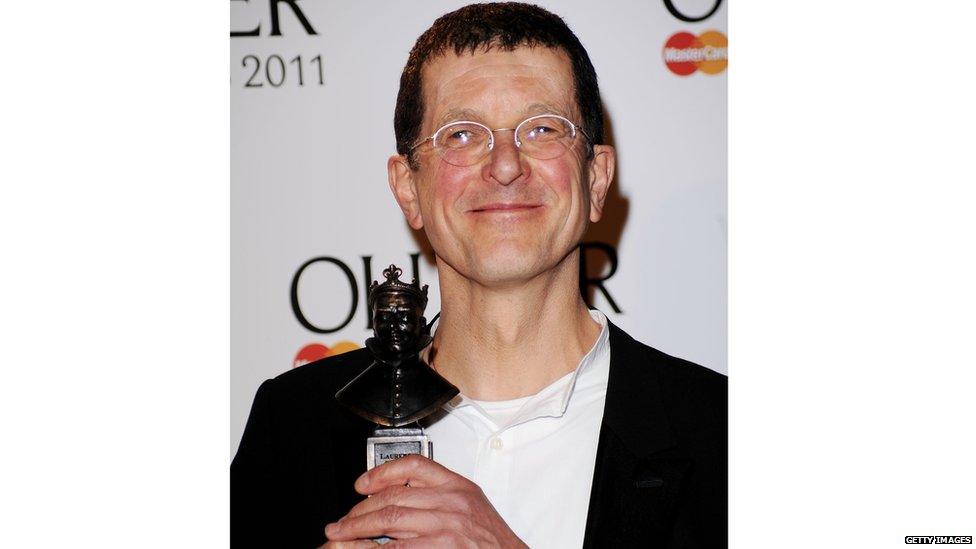
In another strand to his career, Sir Antony collected an Olivier Award in 2001 for designing the set for Sadler's Wells dance production Babel (Words). He was created a Royal Academician in 2003, won the Turner Prize a year later and was made an OBE in 2007.
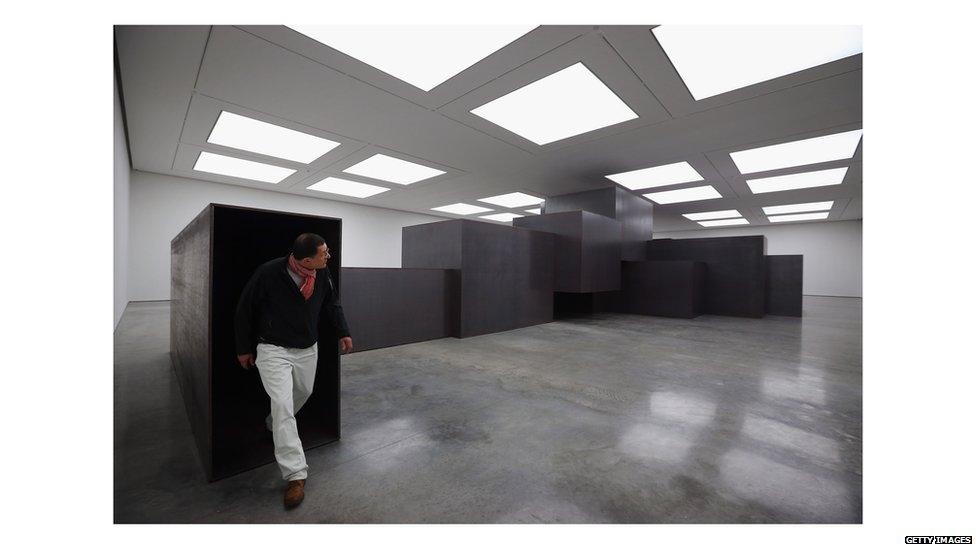
Sir Antony added Japan's Praemium Imperiale award - the art world's richest prize - to his list of plaudits earlier this year. He paid tribute to Britain and its cultural riches, saying underneath its reserve "there is enormous passion and intelligence, and often that's expressed in very, very extraordinary ways".
- Published17 September 2013
- Published16 June 2013